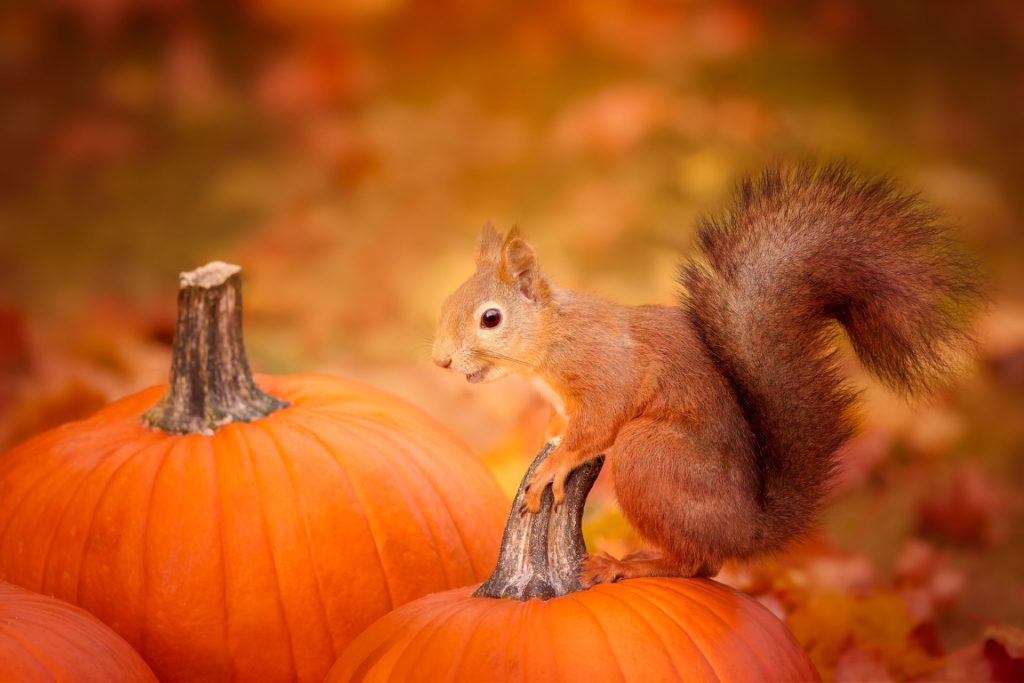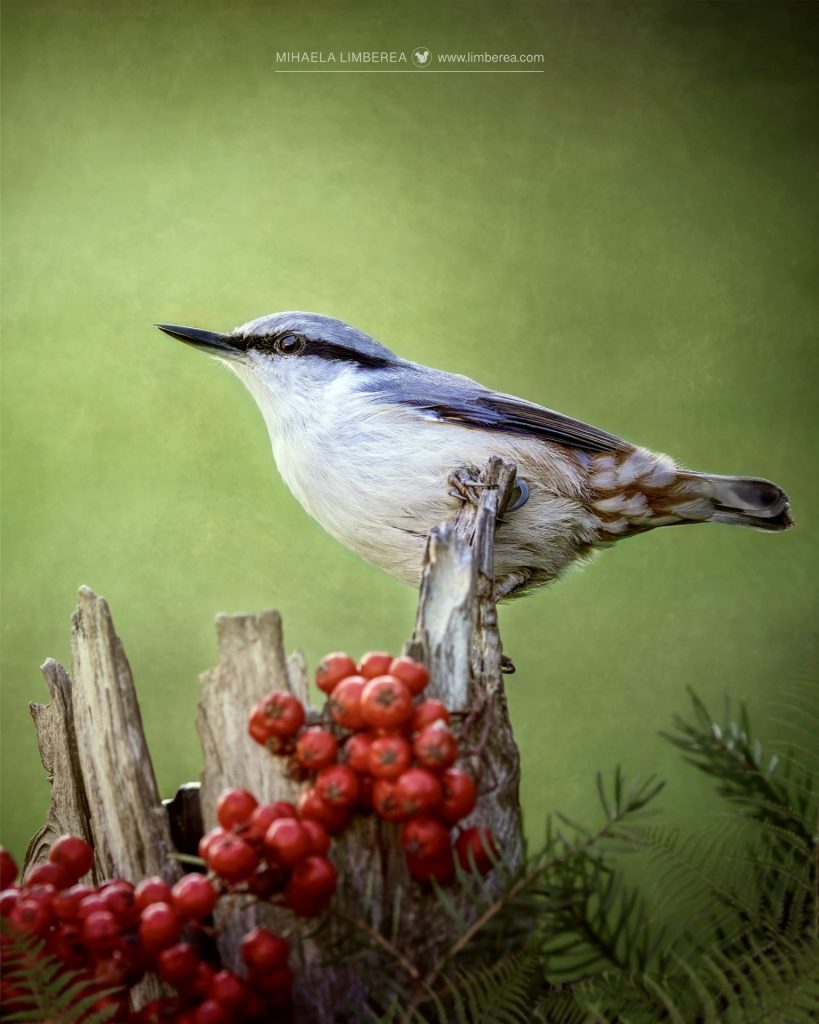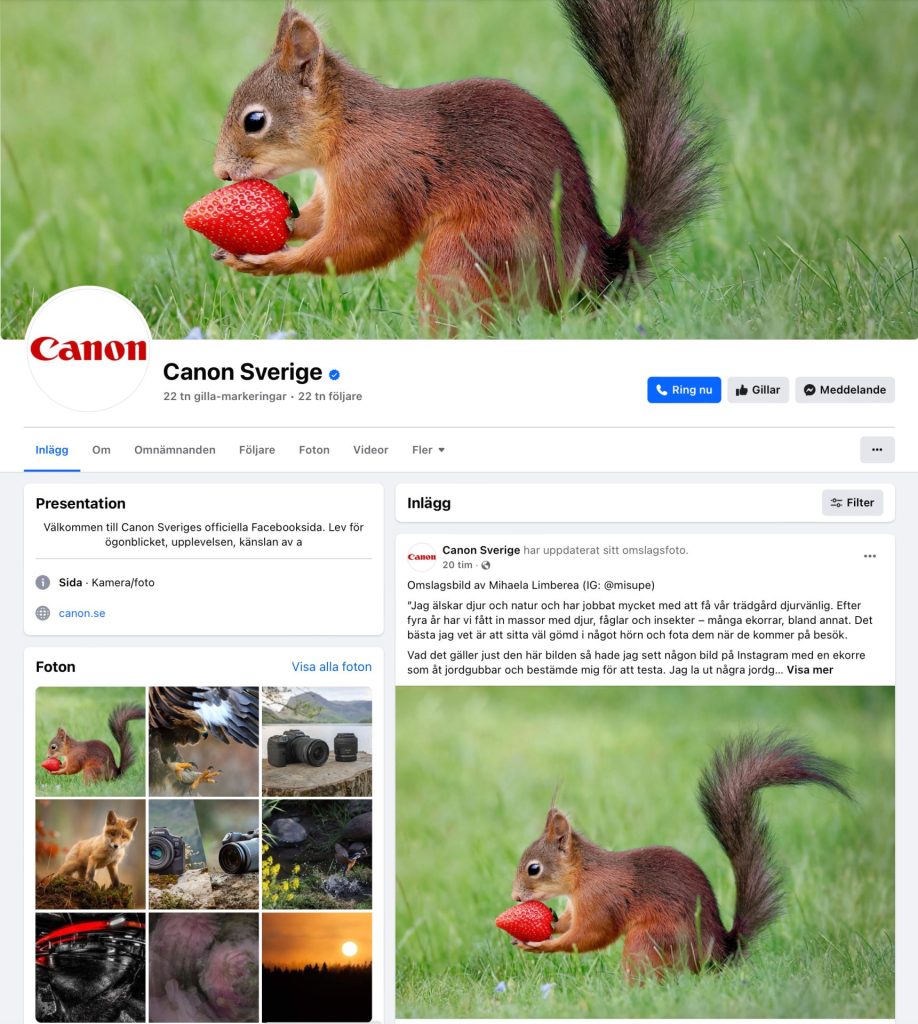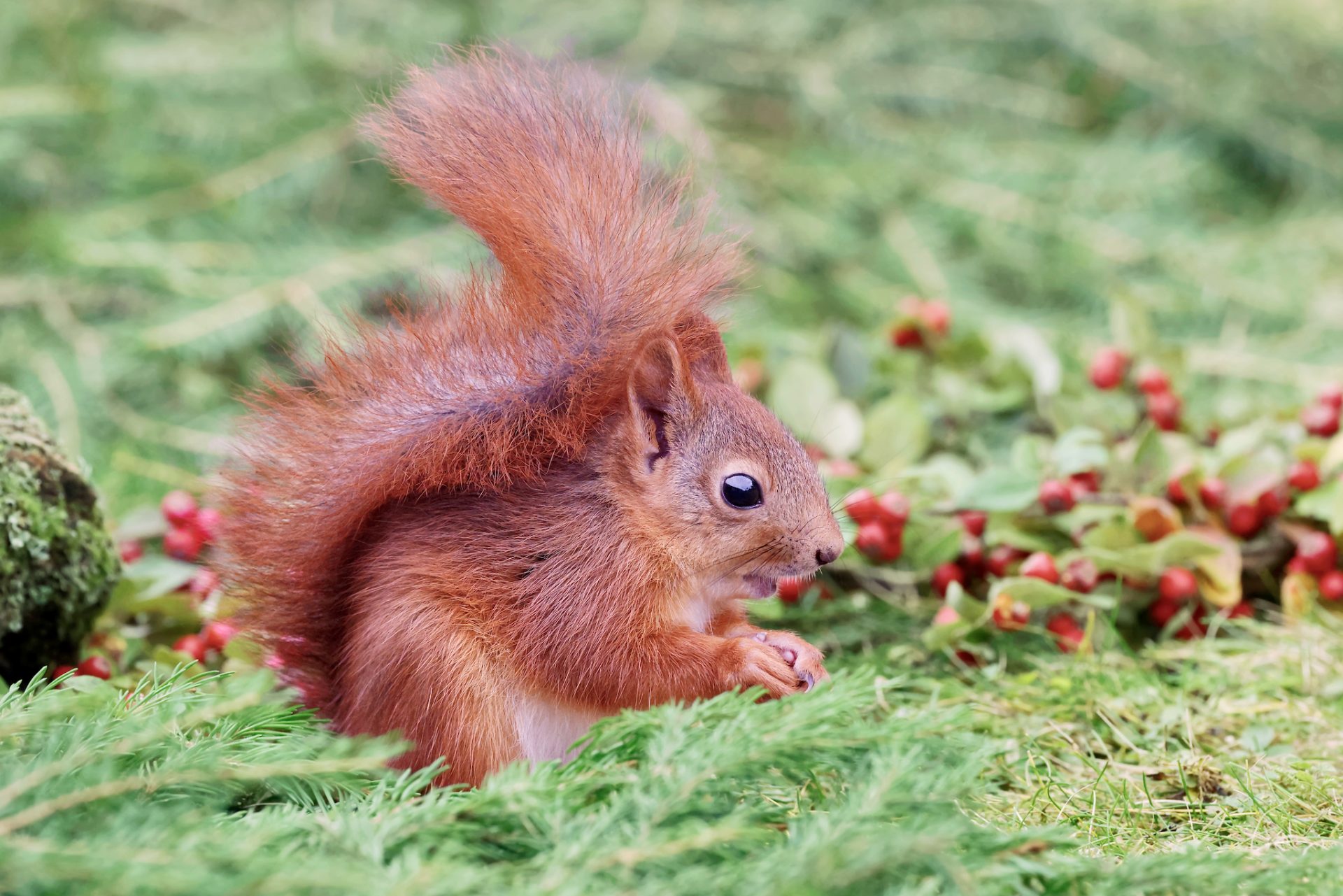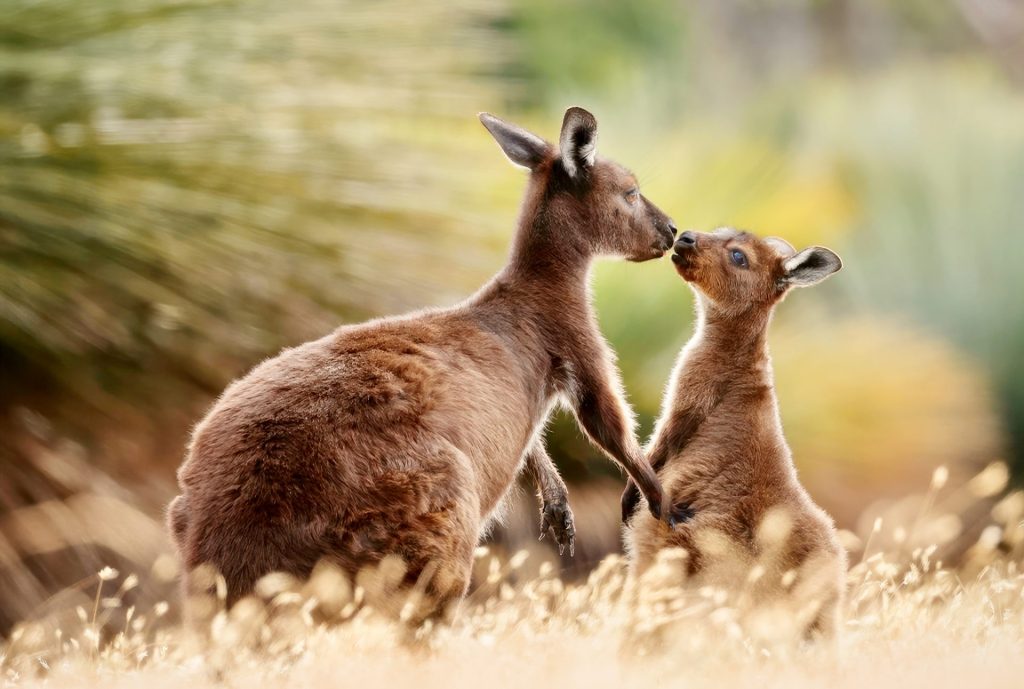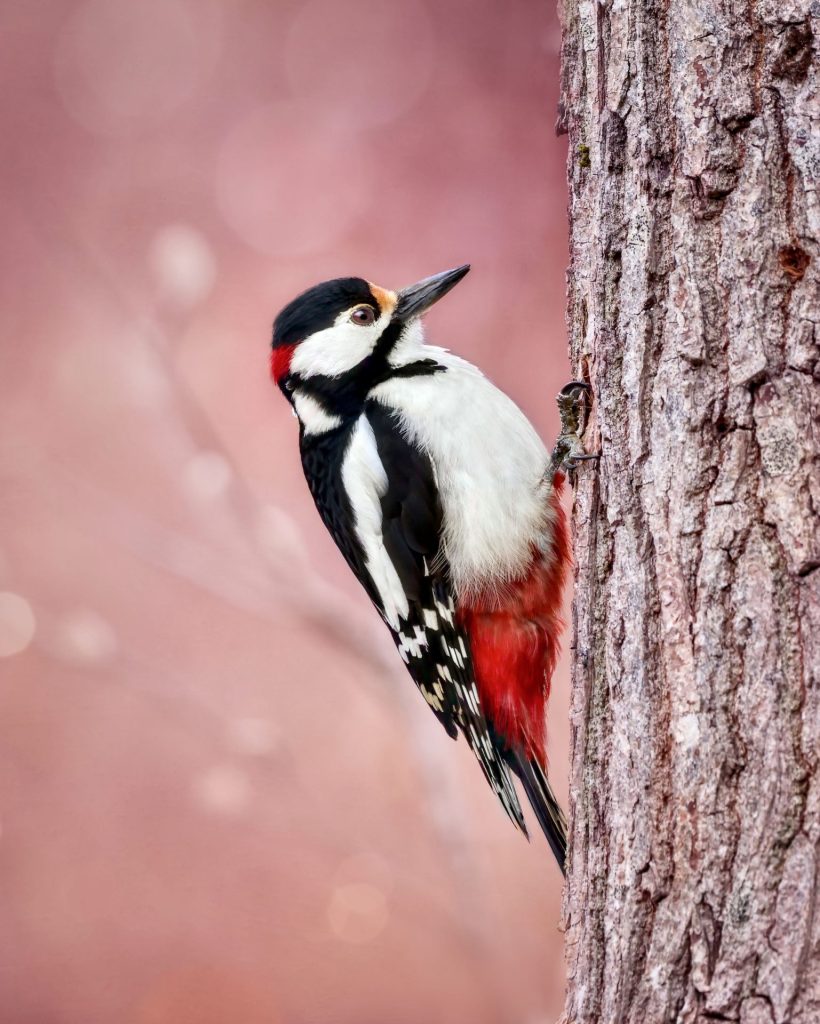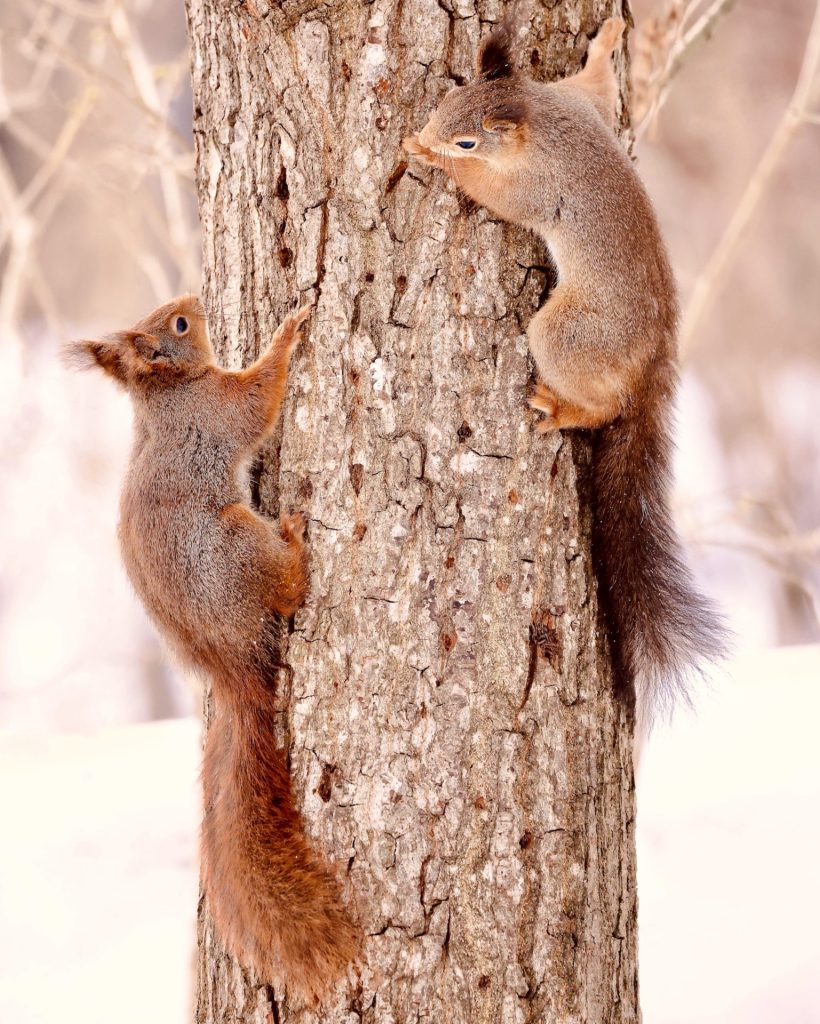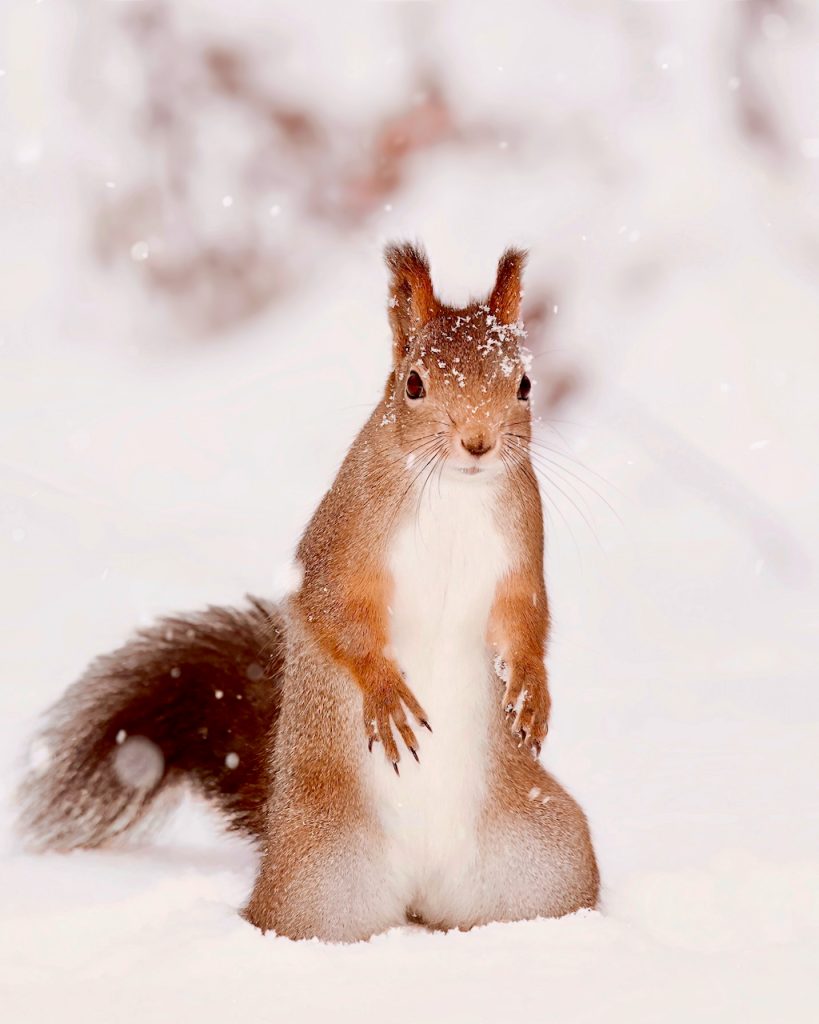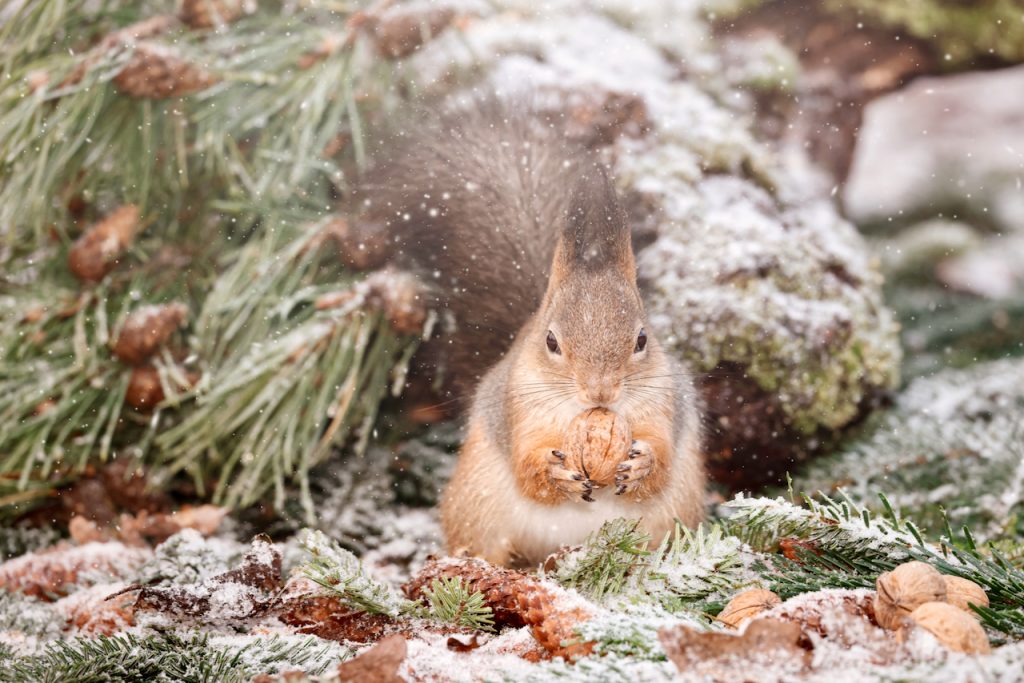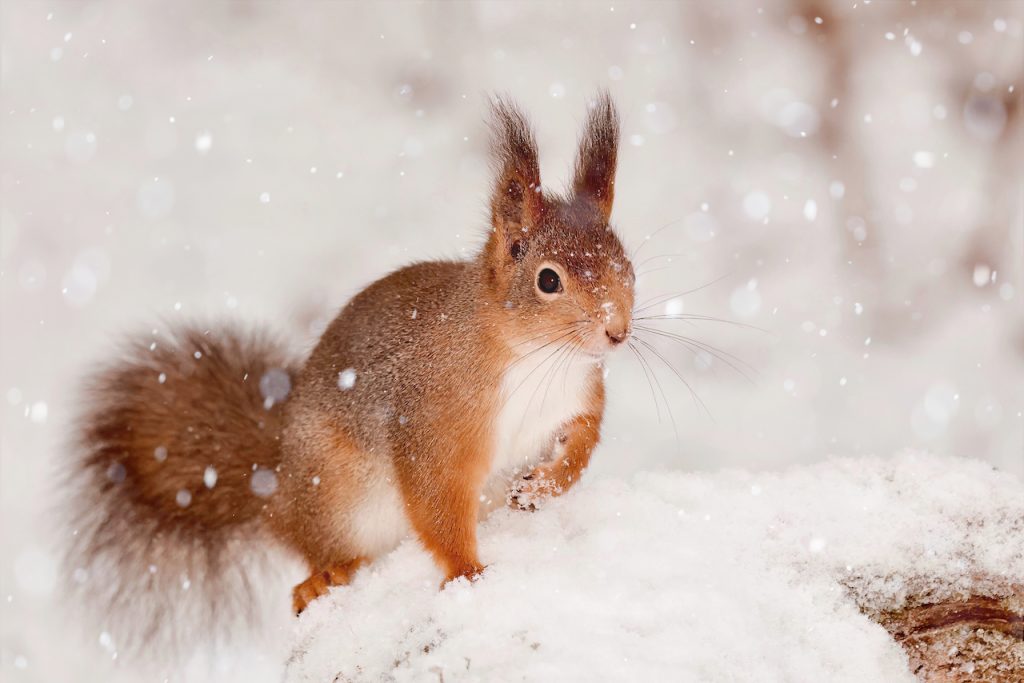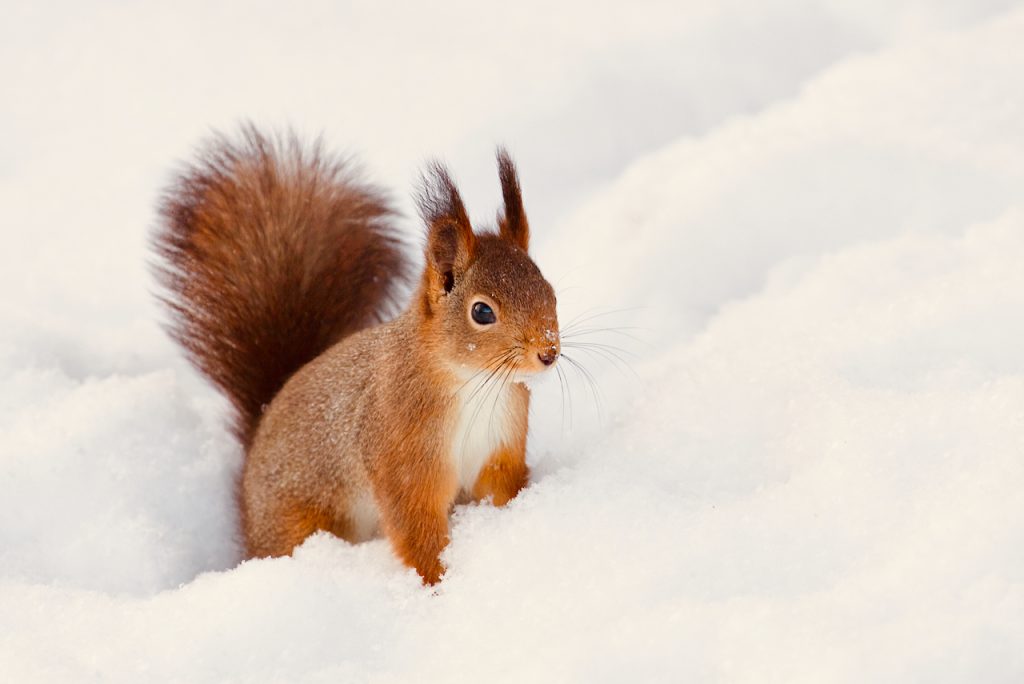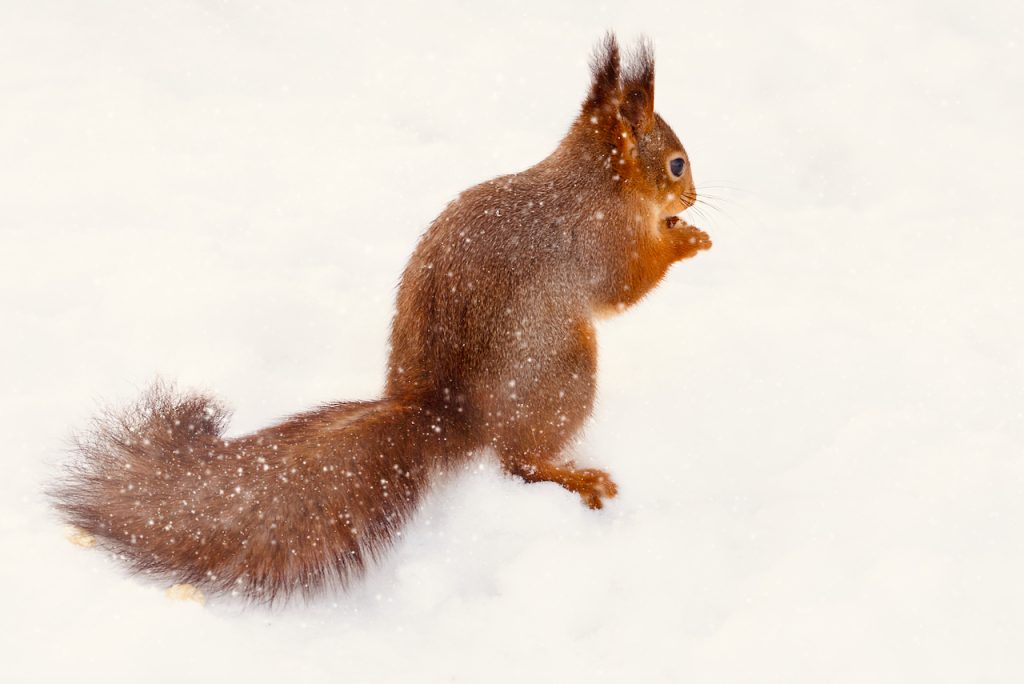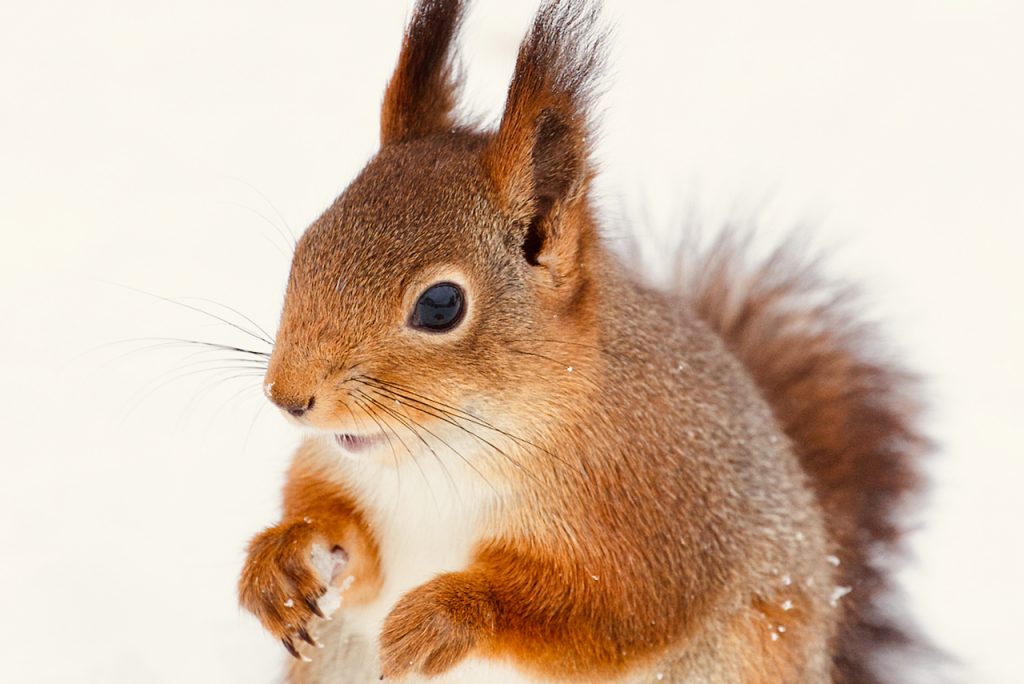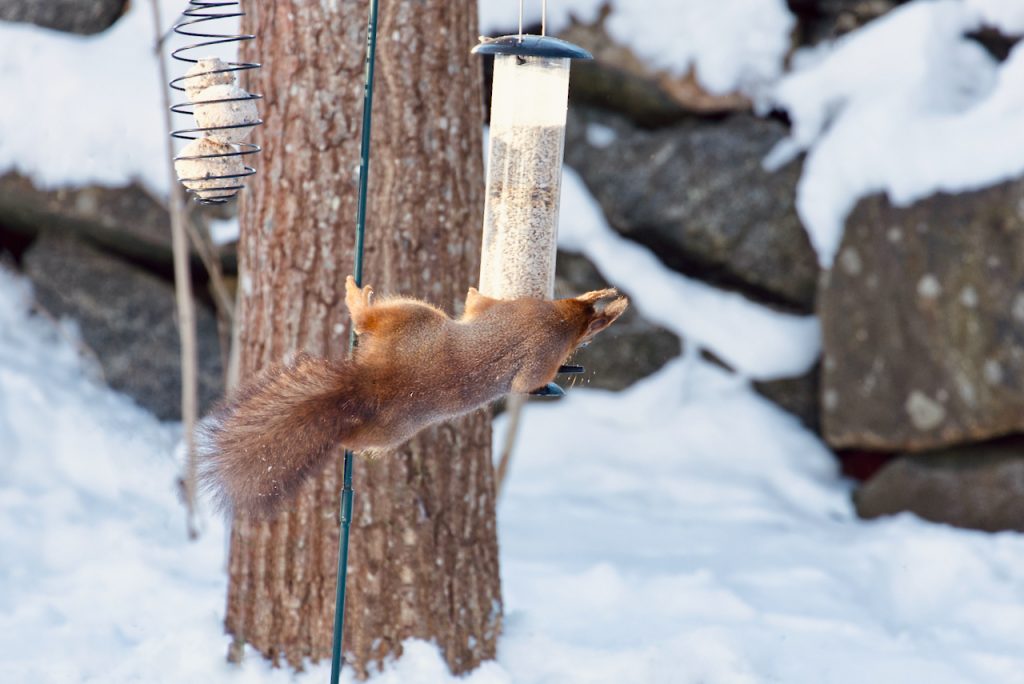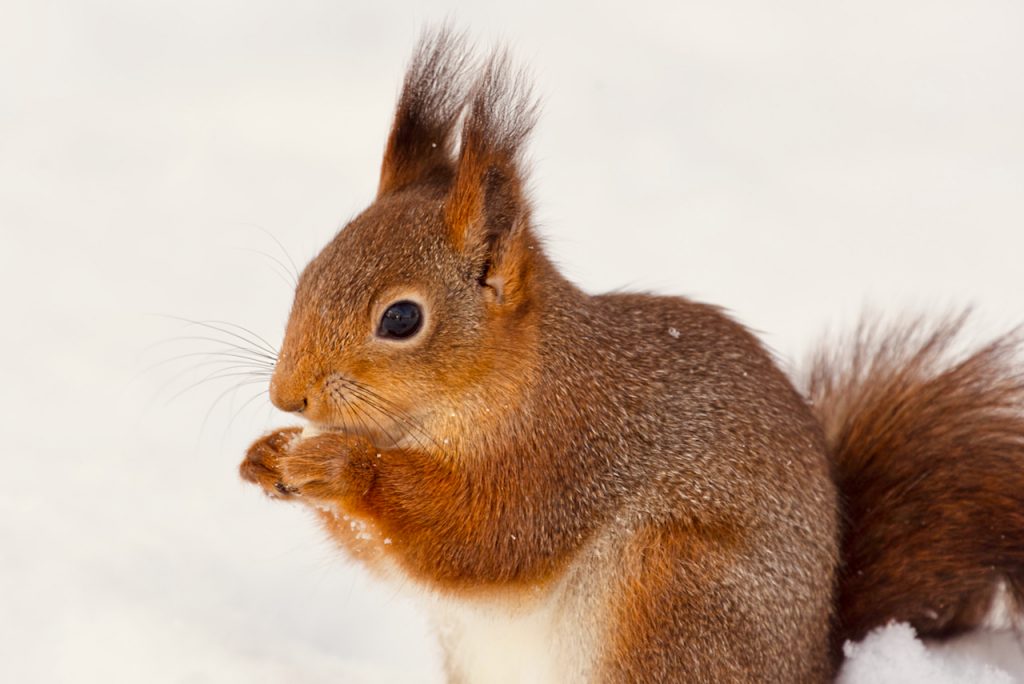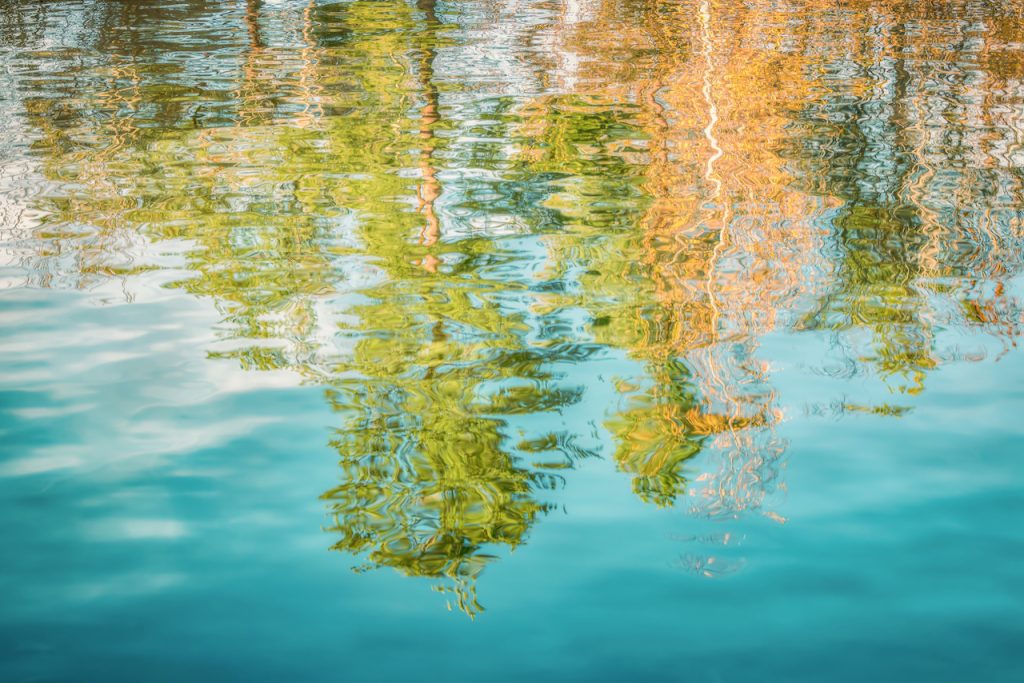
Baltic Sea reflections. I hoped to photograph some beautiful swans that day, but they were nowhere to be found.
Instead, I stumbled upon the most breathtaking reflection of pine trees and birches in the sea, which looked like a Monet painting. I tried to do justice to that feeling in the editing.
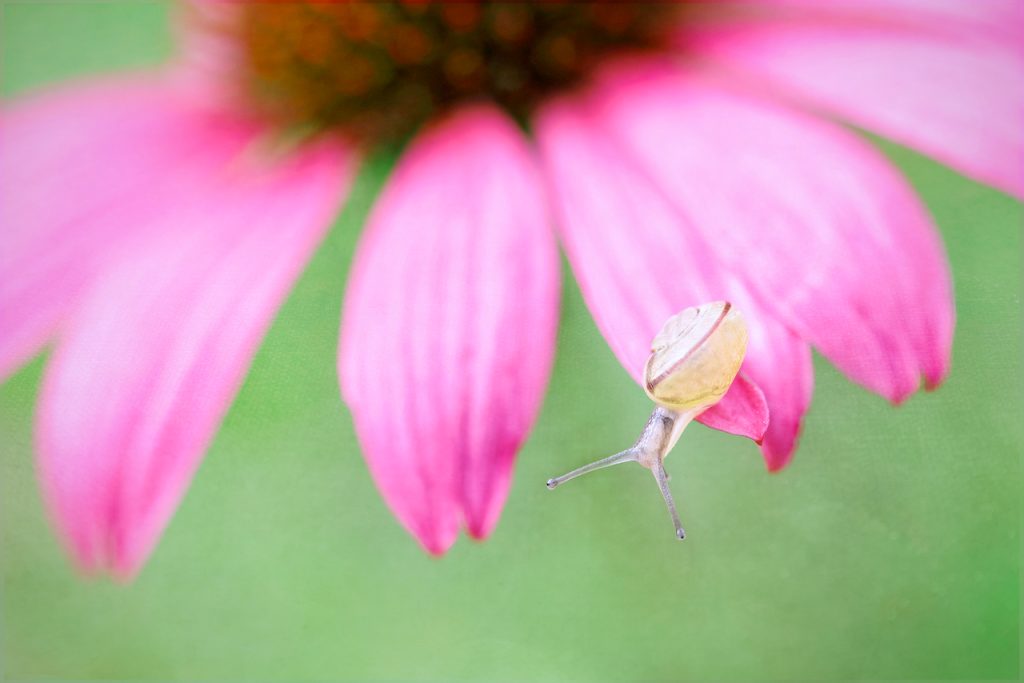
A macro shot I haven’t gotten to process until now, a tiny snail peering down over the edge of a coneflower. I usually take lots of photos during spring and summer, when the light is good in Sweden, and then process many of them during late autumn and winter when there’s hardly any light. It’s a way of reducing my frustration during that dark time and enjoying spring and summer again.
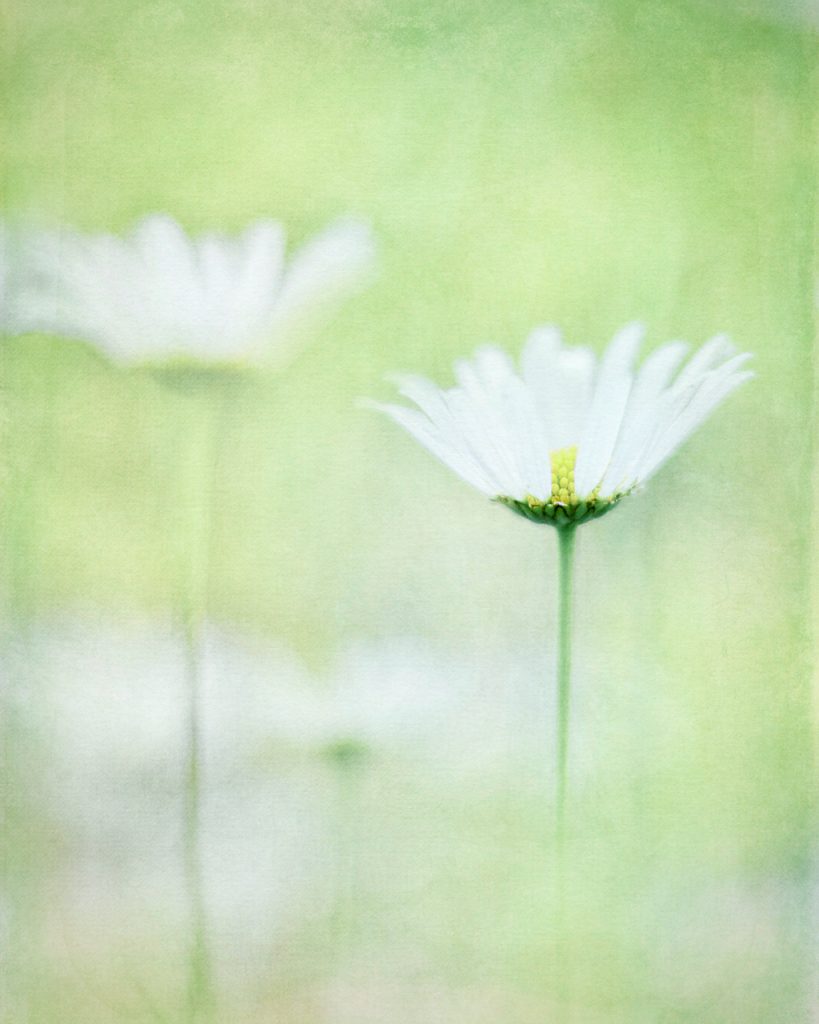
This is another shot from the archives that I just processed. I had almost deleted it. It wasn’t a bad photo, but there wasn’t anything special about it. Something about it made me give it a three-star rating and keep it to try processing it on a rainy day. Now I’m glad I did; I love it!

Another photo from the archives, a European honey bee feeding on an allium flower.
This November has been one of the darkest I can remember, and the snow came first at the end of the month. I use only natural light, so taking photos this time of the year is a challenge. The sun goes up around 8am, and it starts getting dark at 2pm already this time of the year. Unless it’s sunny or snow, there’s no real light in between, just some kind of grey curtain hanging over the world. On heavy overcast days (and we had many of these this month), you wait and wait for the daylight until you realize it’s getting dark again!
I’m glad I still have many photos left to process. Other people may be stressed by having many unprocessed photos, but I don’t. I know November will come, you see.
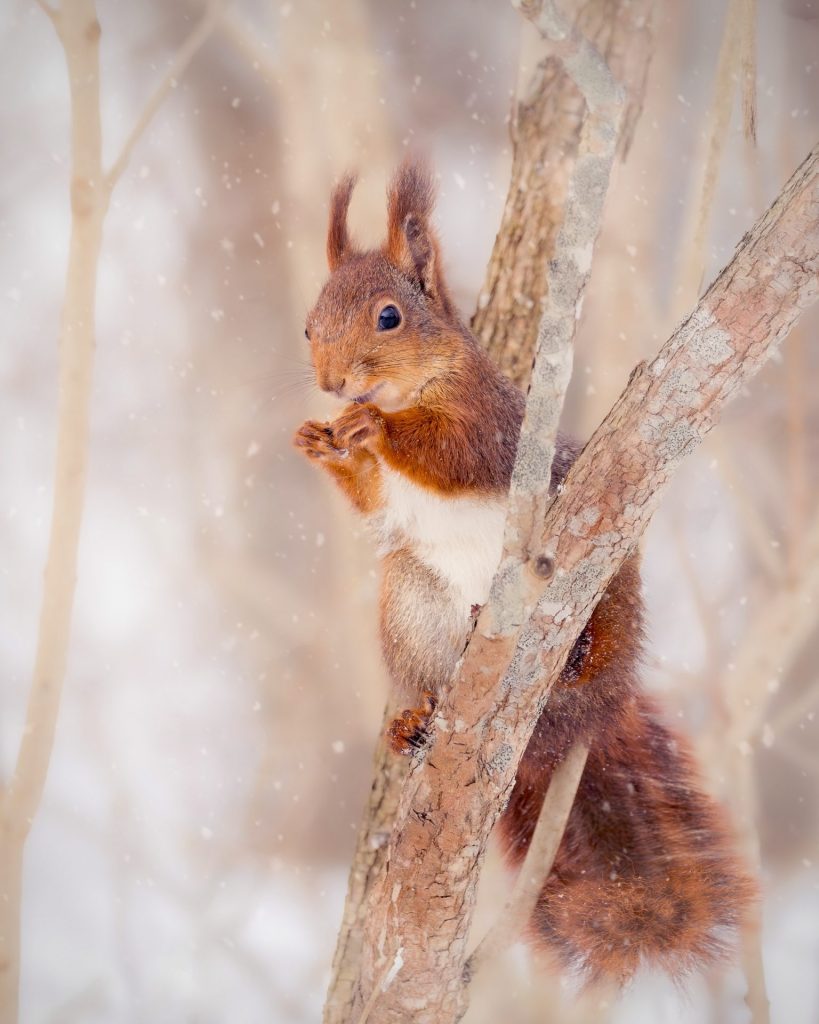
What a difference some snow makes! It acts like a giant reflector, hides messy backgrounds and dampens colors.
I hope you enjoyed these photos; there are more to come next month.
Related Posts
- My 2022 Favorite Photos
- Favorite Photos: June 2023
- Favorite Photos: July 2023
- Favorite Photos: August 2023
- Paris Is Always A Good Idea
- Favorite Photos: October 2023
If you liked this post, share it on your preferred social network or forward it to a friend.


